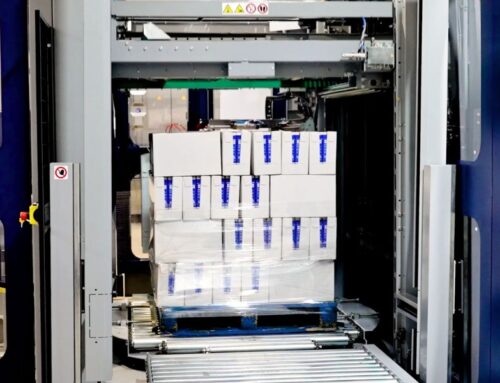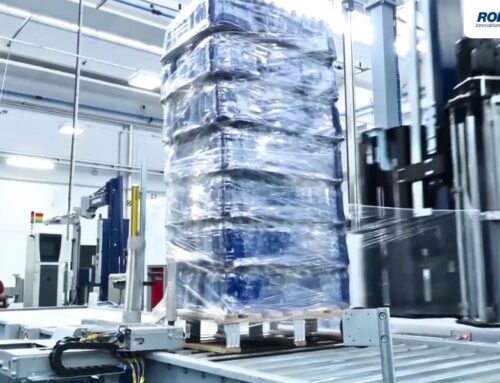Food waste presents a significant global challenge. Each year, tons of perfectly good food end up in landfills, contributing to environmental strain and economic loss. Producers and distributors constantly seek effective methods to combat this issue.
One effective tool in this fight is plastic shrink wrapping, a packaging solution that offers substantial benefits for preserving food and reducing spoilage. Our quick guide below will break down how shrink wrapping can help reduce food waste and address environmental concerns.
How Shrink Wrapping and Food Waste
Shrink wrapping provides a protective barrier that helps maintain the quality and safety of food products during transit and storage. This simple layer of plastic plays a critical role in extending the usability of perishable goods.
Extending Product Shelf Life
One of the primary advantages of shrink wrapping is that it extends the shelf life of fresh produce. The wrap creates a sealed environment that slows down the natural aging process.
For instance, shrink-wrapping multipacks of dried goods, such as pasta or cereal boxes, safeguards the packaging from moisture, dust, and potential damage during transit and storage. This keeps the food products pristine until they reach the consumer, reducing the need to discard food products due to compromised packaging or external contamination.
Maintaining Freshness and Preventing Spoilage
Food packaging equipment, like shrink wrap, also maintains the freshness of food by protecting it from external contaminants like dirt, bacteria, and moisture. This protective layer prevents spoilage as products move through the supply chain. By keeping produce clean and secure, shrink wrap guarantees that more food arrives at its destination in excellent condition, ready for consumption.
Addressing Environmental Concerns
The use of plastic packaging rightfully raises environmental questions. However, in the context of food waste, the conversation becomes more complex. The environmental impact of producing food—including water usage, land cultivation, and carbon emissions—is immense.
Wasting that food means wasting all those resources. By reducing food loss, shrink wrap helps to conserve food production resources, making it a net positive for the environment in many cases.
Best Practices for Using Shrink Wrap
To maximize the benefits of shrink wrapping while being mindful of its environmental footprint, businesses should follow best practices. This includes using high-quality, durable film that provides optimal protection without excessive material use.
Automated packaging systems, like those Robopac USA offers, provide consistent and efficient application, reducing film consumption and improving load security. Proper application guarantees the secure protection of the food and minimizes damage and waste throughout the distribution process.
A Smart Solution for a Big Problem
We hope our quick guide has helped you better understand how shrink wrapping is an integral tool in reducing food waste in the food packaging industry. Shrink wrapping offers a practical and effective solution for extending shelf life, maintaining freshness, and preventing spoilage. By implementing smart packaging strategies, your company can enhance efficiency and contribute to a more sustainable food system.







